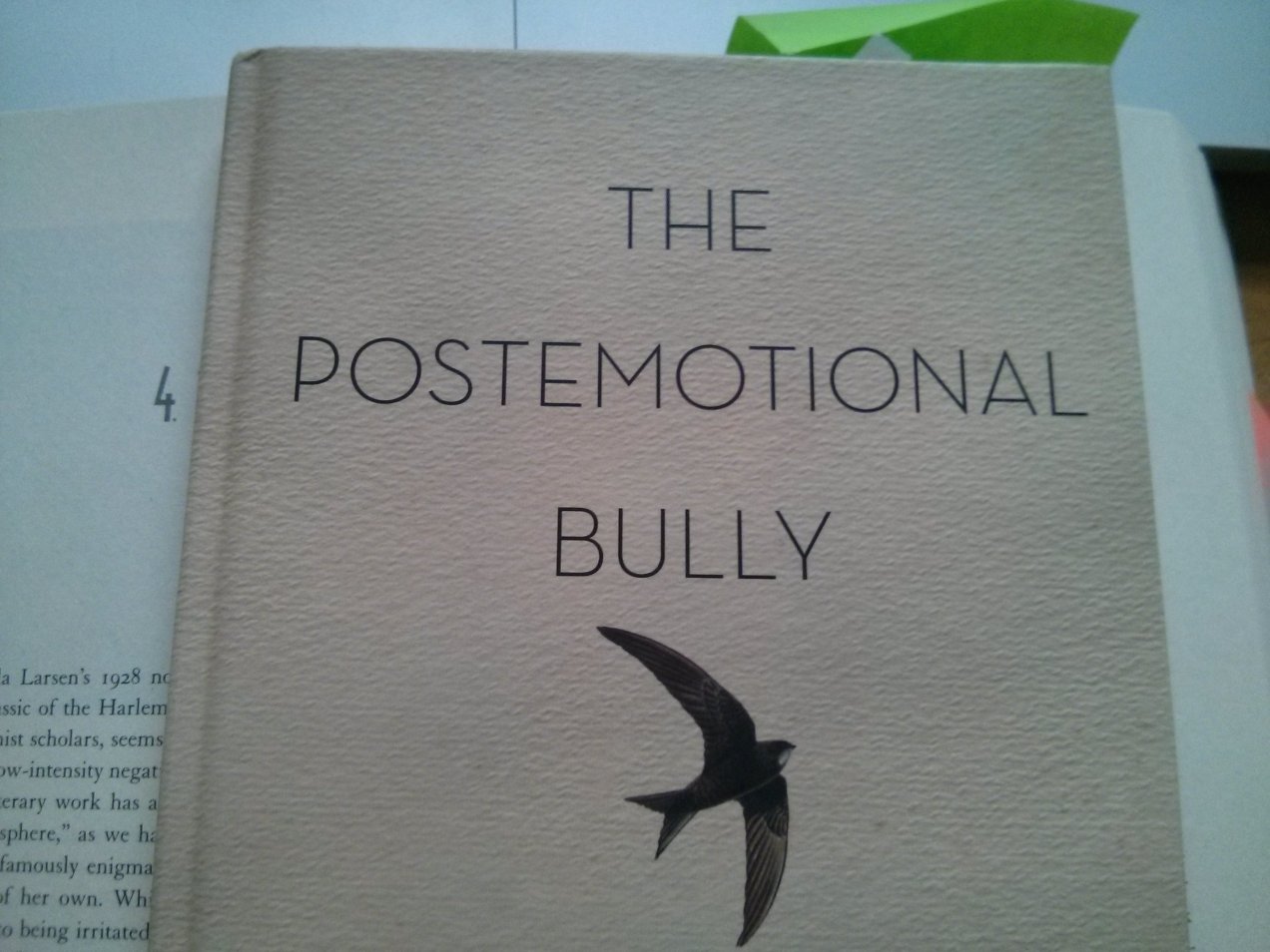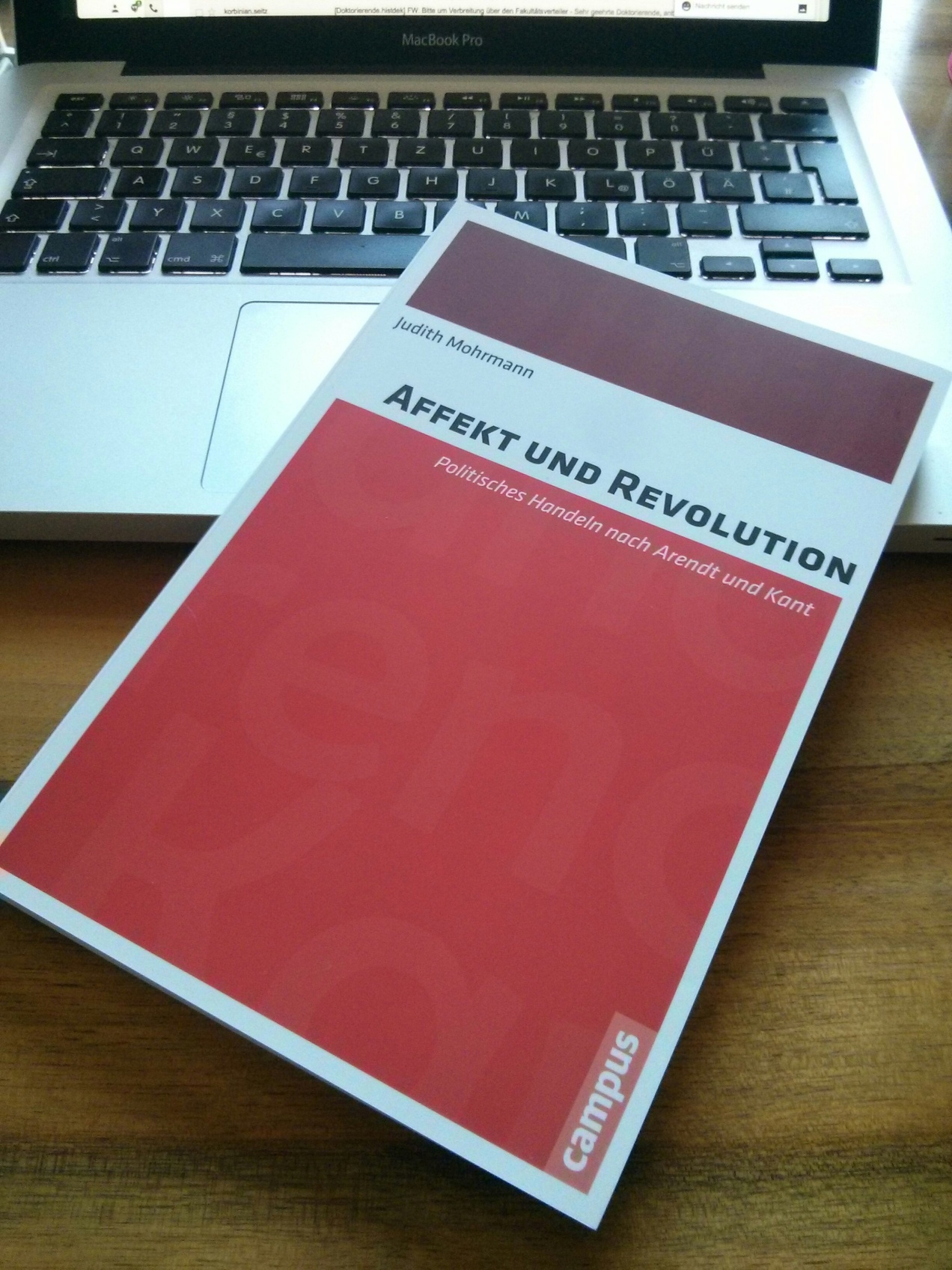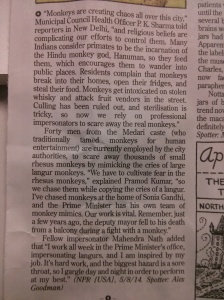A Field Diary in Books: 21st of January – 3rd of February 2016
As is customary with dissertations, I lost track of every side project and neglected much too much of everything. Now, in my third year of plowing the field of interdisciplinary affect studies, I don’t have time for anything – except a photographic reading list:



On Cooperation, Part 4: Monkeys and Prison
Only in Europe: Barbary macaques are being held in detention and deported because “they have been behaving aggressively”. I wonder where they will get deported to, since they’re passports appear to have been lost when their forebearers immigrated to Gibraltar some time between the Pleistocene and the Middle Ages.
http://www.bbc.com/news/world-europe-28891979
________________________________________________________________________________
Thanks for sharing this, Seán!
On Cooperation; Part 3: Monkeys and Hunting
For some reason, some people like to hunt pigs by throwing baboons at them. I can only go with the comment posted below the video: “Not sure if hilarious or horrible.”
http://www.dailymotion.com/video/x1bcuyt_monkeys-riding-pigs-is-the-greatest-game-ever_animals
___________________________________________________________________
Thank you, Annika!

On Cooperation, Part 2: Monkeys and the City
Only in India: How do you get rid of monkeys you don’t want to have breaking into parliament and stealing top secret documents? Easy. You hire someone to play monkey and intimidate the other monkeys:
http://online.wsj.com/articles/for-indian-wallahs-monkey-business-has-literal-meaning-1407119401
Apparently, this cultivation of fear is bearing fruits (as the Private Eye states):
_______________________________________________________________________
Thank you for bringing this to my attention, Benjamin, and thank you for the addendum, Seán!

On Cooperation; Part 1: Monkeys and Copyright.
Selfies are all the rage; but one monkey’s self documentation reopens an ancient discussion about art and authorship:
___________________________________________________________________
Thanks to Fermin for finding this!
When Reading About Chimpanzees Turns Into Cormack McCarthy’s “The Road”. Cannibalism and Infanticide: Primatologists Report.
Reading Cormack McCarthy’s The Road – which I admittedly did mainly because I intended to see the movie – was one of the most excruciating encounters I ever had with literature. While I found it to be supremely well written, creating a pervading atmosphere of doom, varying subtly in mood between desperation and desolation, I was so horrifically affected by the book that I felt compelled to stay up a very long night and read it all in one rush. I couldn’t bare to lay it down and dream of more cannibals in woods waiting for their next meal, or living meat conserves in cellars waiting for their death. Silly as a reader can be, I somehow hoped to find some upbeat note as I carried on; somewhere in this gruesome tale of a post-apocalyptic Hobbesian state of nature a silver lining of, well human decency. Because is there a horror more persuasive than that of humans turning on that basic contract that humans share as the most powerful meat-eaters: That we are not edible to each other and are therefore not to be hunted for food. We can tolerate almost any other reason to be killed by other humans – in all their terrifying abundance –, this one though makes us shiver ontologically. As I finished The Road near dawn, as I rubbed some tears of anger and sadness from my eyes, cleared my throat of some residue of that childish hope for a turn to the better, that I had gulped down, as thin as it might have been, I swore not to open another McCarthy book ever again. Ingenious as the author might be, I cannot handle his stories. Of course I never went to to cinema to see The Road.
But now, I find myself reading hard core literature on cannibalized babies again. And this time, it is not even fictional. Take, for example this passage:
In 1975 we recorded the first of the observed cannibalistic attacks made by the high ranking female Passion, and her young adult daughter, Pom, on newborn babies of females of their own community. […] Derek and I flew to Gombe and heard the story in gruesome detail. Gilka had been sitting cradling her infant when Passion had appeared, stared for a moment, then charged with bristling hair. Gilka had fled, screaming loudly. But she was lame; one wrist had been partially paralyzed during an epidemic of polio in 1966. Crippled, and with a baby to support, she hadn’t stood a chance. Passion had seized the infant, killed him with one strong bite to the forehead, then settled down to share the gristly feast with her daughter and juvenile son.
Why had this happened? There was no shortage of food at Gombe at this time – Passion had not needed the infant’s flesh for her survival. And Gilka wasn’t from a neighboring chimpanzee community; she and Passion had known one another all their lives. As we discussed the horrible accident, we began to wonder whether a similar fate had befallen Gilka’s firstborn twelve months eralier; he had also vanished when he was a couple of weeks old. The final horror came one year later when Gilka again gave birth and again lost her infant to Passion. She put up a fierce fight, despite her physical disabilities – but this time Pom joined in and it was easy for her to seize and kill the baby while the stronger Passion attacked Gilka, inflicting wounds that never properly healed. She had lost three infants in as many years, and I think her spirit was broken. (Jane Goodall: Reason for Hope, 113-114)
Or, at another research site in East Africa:
On 3rd October 1989, Tamotu Asou and Miho Nakamura from ANC Productions captured an infanticide and cannibalism episode on videotape. On that ghastly video recording, the second-ranking male at the time, Kalunde, first snatched the baby of Milinda, a young immigrant female. The baby was then passed to the fourth -ranking male, and finally it reached the hands of the alpha-male., Ntologi. He mangled its face and killed the infant. After that, the usual meat-eating carried on, with Ntologi in the centre, divvying up scraps. Close to 20 members of M-group feasted on the baby’s flesh and bones […]. (Toshisada Nishida: The Chimpanzees of the Lakeshore, 194)
One morning in 1992, Garbo, the 41-month-old daughter of Gwamwami, died in front of us. The cause of her death was aggravation of an injury accompanied by the loss of her foot. Several chimpanzees took a great interest in the tiny corpse and came closer to look at it. There were five adult males, one adolescent male, and two juvenile males. […] Gwamwami avoided this upheaval, cutting herself off from the party and taking shelter in a thick grove of trees with the baby chimpanzee’s body. The fifth-ranking adult male, Nsaba, followed quietly after her, and sat 5 m away from her. After about 10-15 minutes, once Gwamwami had calmed down, he moved closer and began to groom her back.
I was touched by Nsaba’s tender-heartedness. It appeared that he was consoling the bereaved Gwamwami. Seven minutes later, however, Nsaba suddenly stretched out his arm, pushing Gwamwami in the back. When the offspring’s dead body fell to the ground, he snatched it and darted off, leaving us at a loss for words.
We could do no more on that day, because Nsaba ran away so frantically. The following morning, I asked my assistants to look for Nsaba and to collect his stool by any means, because I realised that he was interested not in consoling Gwamwami, but rather in the meat of her deceased infant. Finally, we found the chimpanzee hair in one of Nsaba’s faecal samples. Nsaba must have pondered his idea of stealing and eating the body long before his sudden assault. He was waiting until he began to groom her, and concealed his intentions during seven minutes of grooming. He must have been waiting for the opportunity to take the body, waiting until the mother becaue so relaxed that her caution dissapeaerd […]. (Toshisada Nishida: The Chimpanzees at the Lakeshore, 196-197)
Among Primatologists the soap opera of primate social life is a welcome study topic and gossip reservoir. The flirtations and intrigues of sexual episodes, the recklessness of rough infant play, the prowess and alliances of maternal lines and bitchiness of female hierarchical tumbles, the power struggles and plotting of male dominance: If you spend 10 hours a day hidden in foliage or grass peeking at other primates, this is entertainment at its best. But few of them (and their lay readers) seem to expect the turn to Shakespearean drama that primate life entails: think Coreolanus, or rather Titus Andronicus. As Sarah Bluffer Hrdy, who went to India specifically to study male infanticide in Langurs, wrote:
Small wonder that a play replete with infanticide, dismemberment, rape, and cannibalism has not weathered well the test of time. To modern audiences, these events seem implausible and unnatural. Nevertheless, if more primatologists had seen this play before going off into the field, they might better have understood the behavior unfolding before them in the savannas and forests where monkeys are studied. (Sarah Bluffer Hrdy: The Langurs of Abu, 1)
Bluffer Hrdy admits readily, that even though she went out to the langurs of Abu to study infanticide as a male reproductive strategy, its actual occurrence seemed totally implausible (243). Until it happened, in front of her eyes. Here was the phenomenon, the bizarre Dharwar aberration of adult males attacking infants (242). Dian Fossey was impressed by the gentleness and care expressed by male gorillas, yet had to cope with infanticide and xenophobic brutality (Gorillas in the Mist, 227) as traits of gorilla behaviour and got hands on to save a baby orphan from a gorilla group ready to tear it to pieces. Jane Goodall had been studying chimpanzees for over 10 years till she saw the ugly face of a primatological constant: We can use different kinds of narratives to explain it as adaptive behaviour by pointing for example to reproductive strategies and competition for food resources. But the primatologist literature, Shakespeares more infamous plays and Cormack McCarthy combined, it is hard not say: Oh boy, do we love violence and soft underbelly flesh.
“equal parts dolphin, Dalai Lama, and Warren Beatty” – Ian Parker on the bonobo’s hippie image and the truth about “the hot, damp work of sneaking up on reticent apes”
For a quite entertaining piece on a comparison of the ‘nicest ape’-image the bonobo has been fitted with since being acknowledged as a separate species and the tedious work of field research on that complex species, see Ian Parkers 2007 article in the New Yorker: Swingers.
And next time you see a bonobo: guard your fingers and toes.
A big thank you to Florens for finding this!
Misogynist quote of the day
“The very fact that the animal is so intelligent in human terms makes it difficult to withhold human response. This is particularly true with women researchers, and especially those who are childless. There comes an overwhelming need to protect. When this happens, look out, objectivity goes. Then scientific credibility goes.”
An unnamed California primatologist on Dian Fossey in a 1986 Life-article by Harold T. P. Hayes, quoted in: Brian E. Noble: Politics, Gender, and Worldly Primatology: The Goodall-Fossey Nexus. In: Shirley C. Strum / Linda Marie Fedigan (Ed.), Primate Encounters. Models of Science, Gender, and Society. Chicago 2000, pp.436-462.

paraphernalia
Yes, yes, like most primatologists and researchers into primatology, I am excited about “Dawn of the Planet of the Apes” coming to cinemas so soon. (I watched all through the original franchise and the Tim Burton remake and fairly enjoyed the primatology-informed “Rise of the Planet of the Apes”, if only for the excellent chimping by Andy Serkis aka King Kong aka Gollum. On a side note: Try watching the movie without subtitles in the Ameslan-scenes. Even if apes learned to communicate on a wide scale with sign language, I wouldn’t understand a thing…) By the looks of it, there will this time surely be a lot of ‘Othering’ to make my little postcolonial critic’s heart quiver with unease. Ingeniously, though, the team around director Mark Reeves is creatively reusing footage, that “Rise”‘s director Rupert Wyatt had collected as research material, see this for example:
and compare it to the newest trailer for “Dawn of the Planet of the Apes”, ca. 1:20.
Of course, the machine gun wielding chimpanzee juvenile in the research footage doesn’t really screem ‘evil menace’ just as much, so the movie version is – in true fashion of the Planet of the Apes enterprise – of course a very ugly, battered antagonist type (as was the king of the ape ‘refuge’ in “Rise”, Tim Roth’s Thade in Tim Burton’s remake, and most of the gorilla fiends in the original franchise). Then again, most apes in human ‘usage’ end up being ugly, battered and mentally unsound (see: Planet of the Retired Apes, New York Times Magazine).
Anyway, back in the two decades when Planet of the Apes was on hold, another clever franchise used the uncanny resemblance of monkeys and apes to humans to threaten human (and probably simian) sensibilities – this time of the culinary kind. Oh yes, you know what I mean: “Indiana Jones and the Temple of Doom” (1984). Monkey brain as ‘desert’, served at an Indian dinner party that defies all, virtually all of what Indian cuisine is about (ah, first quiver…), but sparking a fascination with the dish that persists amazingly well (see for example the wikipedia lemma). So well in fact, that someone designed the tableware to recreate the meal: Monkey Head bowls. Who would have thought.






